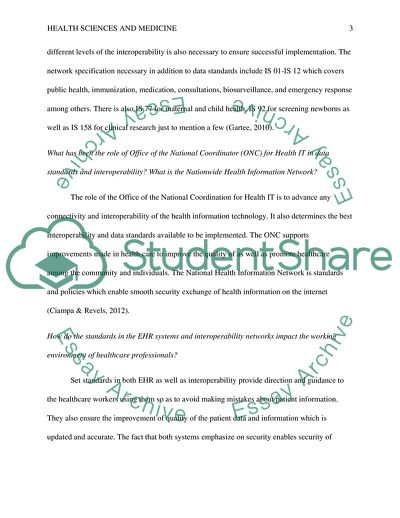Not Found (#404) - StudentShare. https://studentshare.org/medical-science/1861090-healthcare-information-technology-and-standards
Not Found (#404) - StudentShare. https://studentshare.org/medical-science/1861090-healthcare-information-technology-and-standards.


